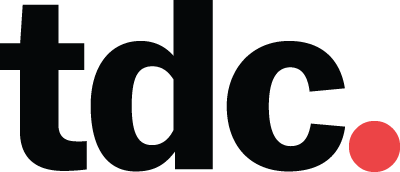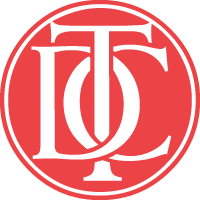Type & Typography
Phil Baines & Andrew Haslam
Review by Alex W. White
Type & Typography distinguishes itself in a market that recently seems very well-supplied in books on type. Others include David Jury’s About Face: Reviving the Rules of Typography, John D. Berry’s Language Culture Type, and Robin Kinross’ Unjustified Texts: Perspectives on Typography.
As the authors of Type & Typography note in the opening chapter, typography can be various things: an art; a craft; the architecture of ideas; the management of letters; a formal extension of memory; or “painting with words.” This book’s core idea examines the most obvious definition: “typography is intrinsically visual language… Typography is to language what maps are to geography, scores are to music, and algebra is to mathematics.” Why then, the authors ask, is typography taught in art schools while language is taught entirely separately in universities and colleges? Type & Typography is an excellent effort at making connections between language and the notational system we use to record and distribute thought.
The book uses unexpected visuals to make its points. It has a panel of sixteen of Nick Park’s mouths used in his Wallace & Gromit animations; Kingsley Read’s Shaw alphabet that shows forty English sound-symbols; an experimental typeface that uses a speech spectograph to show force and volume; a beautiful section on the development of written and printed language; another on typeface design development; and a fine introduction to type in motion.
.
The authors, Phil Baines and Andrew Haslam, are British designers who teach at Central Saint Martins College of Art & Design. They state in Type & Typography’s Introduction, “The book is designed partly to give good practical advice to students and partly to be a concise source of information that will take you well beyond your student years.” They pull details out of the main text and use sidebars to separate what some would consider estoterica from the primary content.
At $29.95, Type & Typography is a good value. The book is printed in full color and has a very lively presentation. Indeed, presentation is my only criticism: the book’s design features decorative orange bars that seem to have been used simply for initial eye-popping curb appeal. The orange bars are just so sexy – sometimes appearing at the outer edges and sometimes at the head and foot margins. It gets old in a hurry. There is such diversity in the visual material itself – and the authors’ use of typographic pyrotechnics to make various points adds plenty of legitimate visual appeal – that T&T hardly needs such decoration. This unnecessary treatment eventually interferes with communication.
Type & Typography has six sections: Definition, Function, Form, Manufacture & Design, Structure, and Conventions. The appendices include a glossary; a timechart of type designers split into 1400–1900 and 1900 to the present; reading lists categorized by the book’s section topics; brief biographies of the designers discussed in the book; and a thorough Index.



